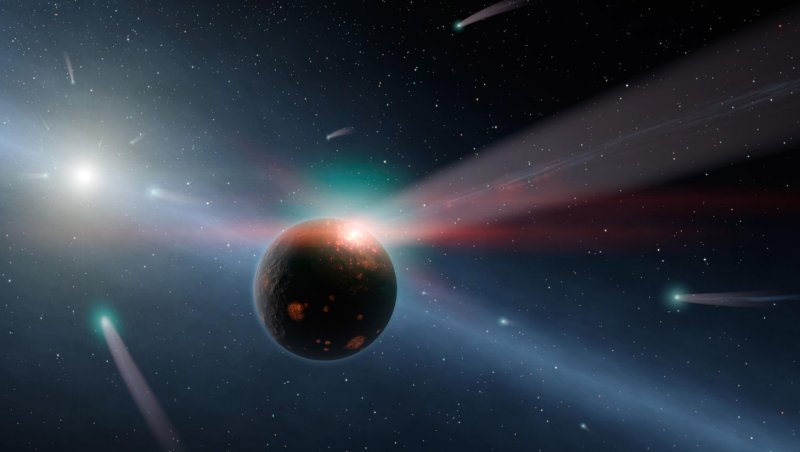Researchers have discovered how comets and meteorites seed the worlds they crash into with life.
"Our work shows that the basic building blocks of life can be assembled anywhere in the Solar System and perhaps beyond," said co-author Dr. Zita Martins.















